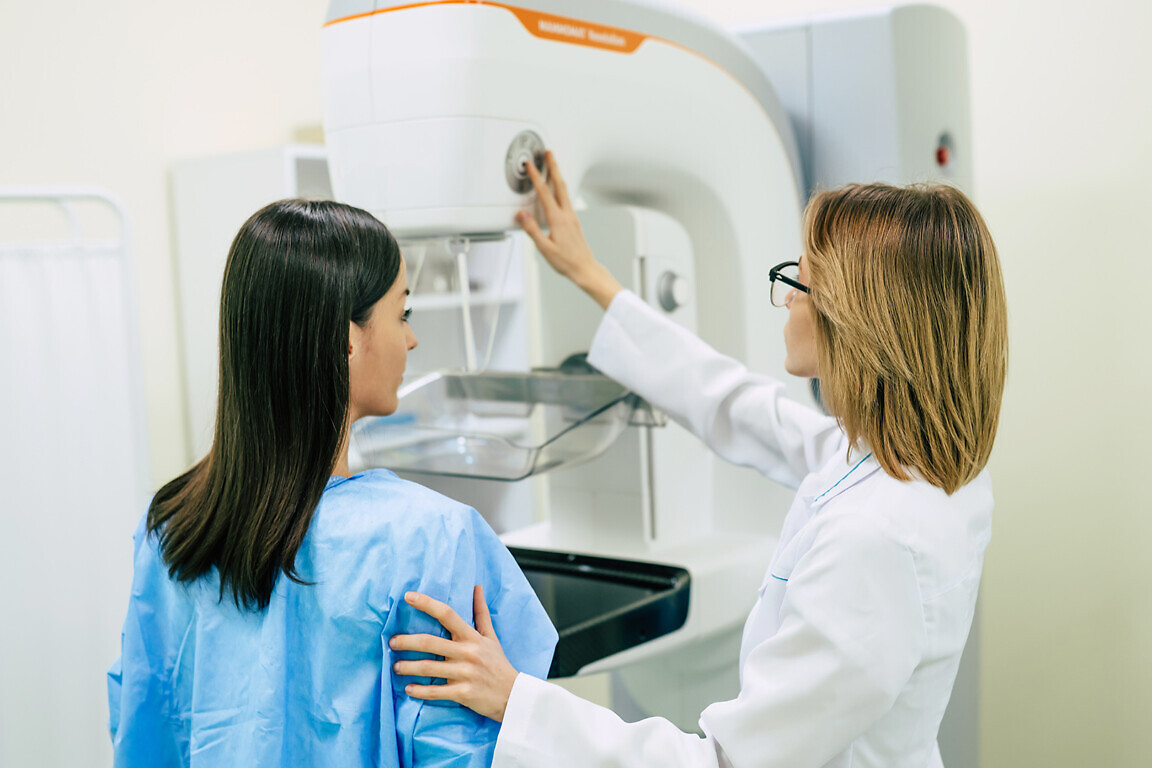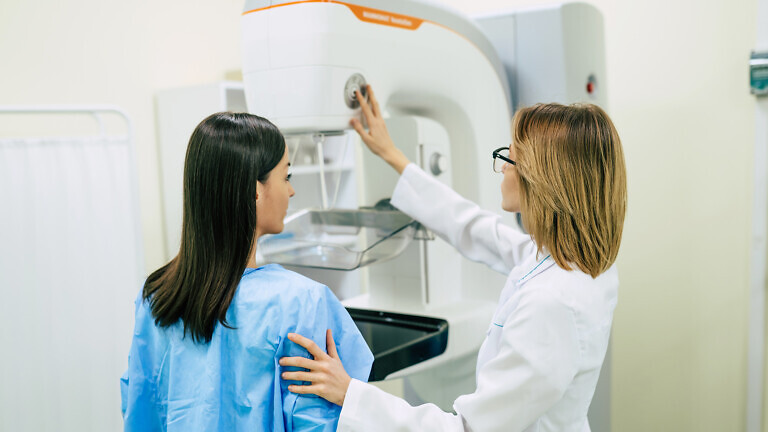The early retirement of more than a quarter of breast cancer specialists means that workforce shortages are affecting patient safety.
The Royal College of Radiologists (RCR) has raised concerns that a fifth (19%) of all UK cancer doctors are forecast to retire within the next five years. But this rises to over a quarter (27%) for cancer doctors who specialise in treating breast tumours, which puts patient care at risk for one of the most common cancers.
These figures come from the college’s clinical oncology workforce census, generally regarded as the most authoritative picture of the UK cancer workforce.
A chronic shortage of cancer doctors, combined with rising demand for care, has created a cycle of overstretch and burnout that drives more doctors to leave the NHS, the census says. Cancer doctors are now leaving the workforce at an average age of 54, down from 59 just a year ago. Seven in ten cancer centre leaders are concerned that workforce shortages are affecting patient safety.
“Our data shows that more breast cancer doctors are set to retire than any other cancer site speciality – a trend that could lead to further delays and poorer outcomes for patients if not addressed,” said RCR president Stephen Harden.
The impact of NHS workforce levels on cancer patients was debated by MPs at the end of October.
Opening the debate, Liberal Democrat MP for Wokingham Clive Jones said: “Without investment, waiting times will lengthen, treatment delays will worsen and costs will rise. I hope it is clear to all of us that workforce shortfalls are a massive barrier to early diagnosis and effective, timely treatment across all cancers.”



